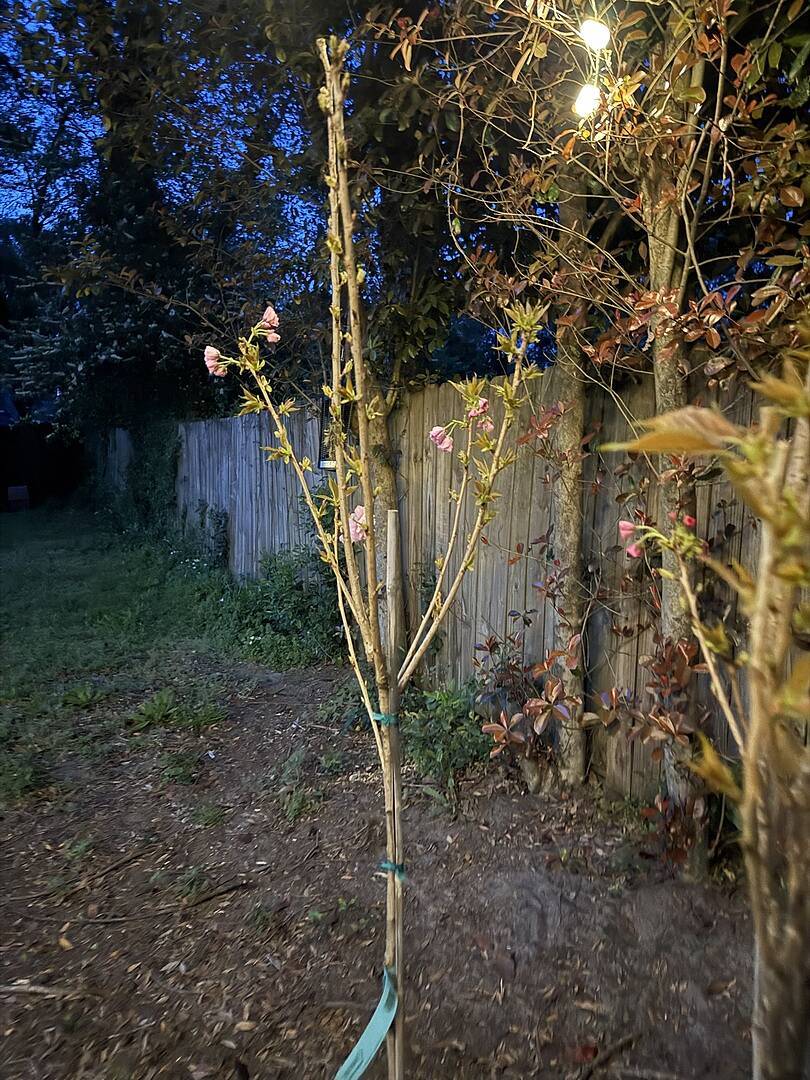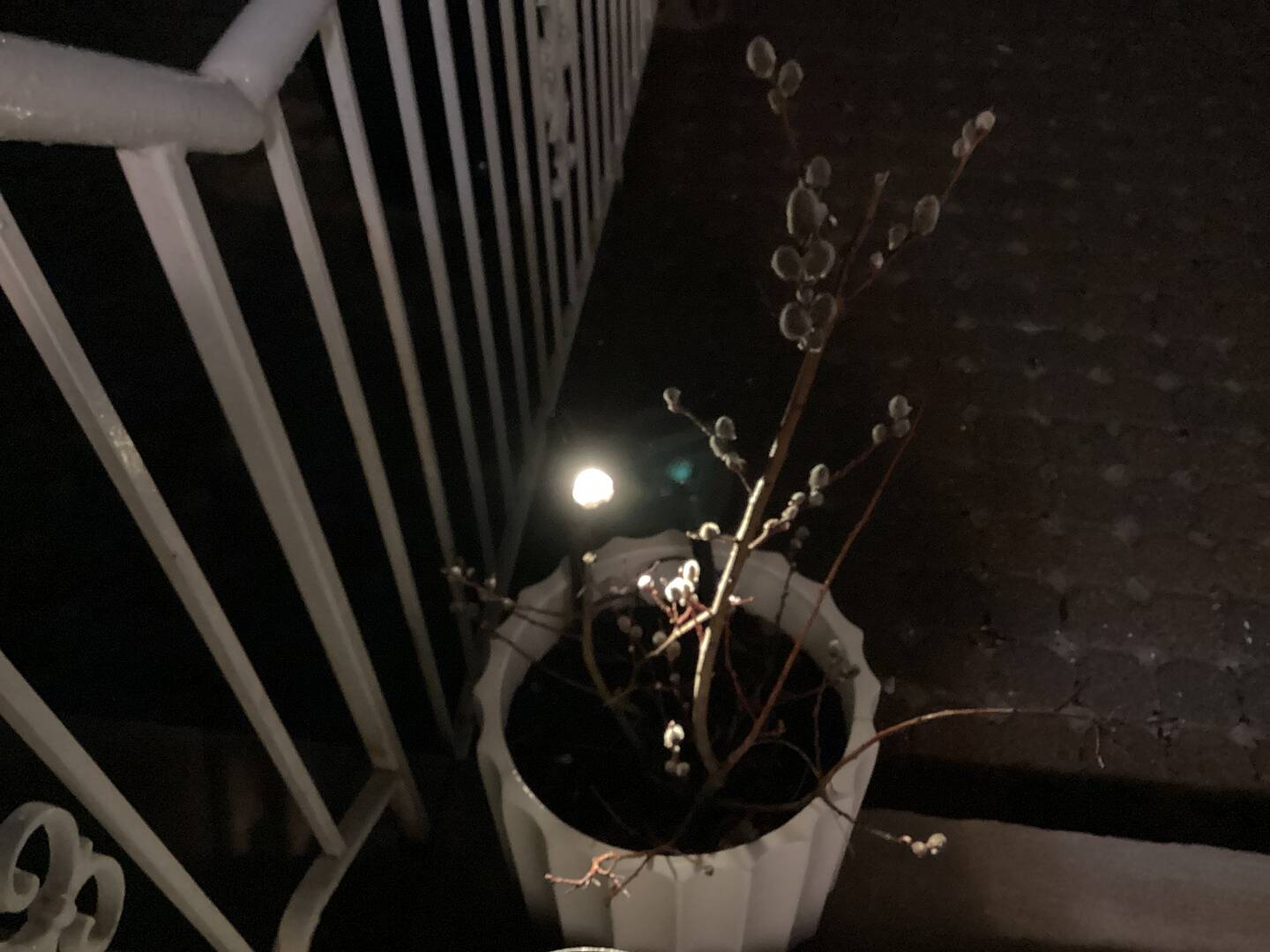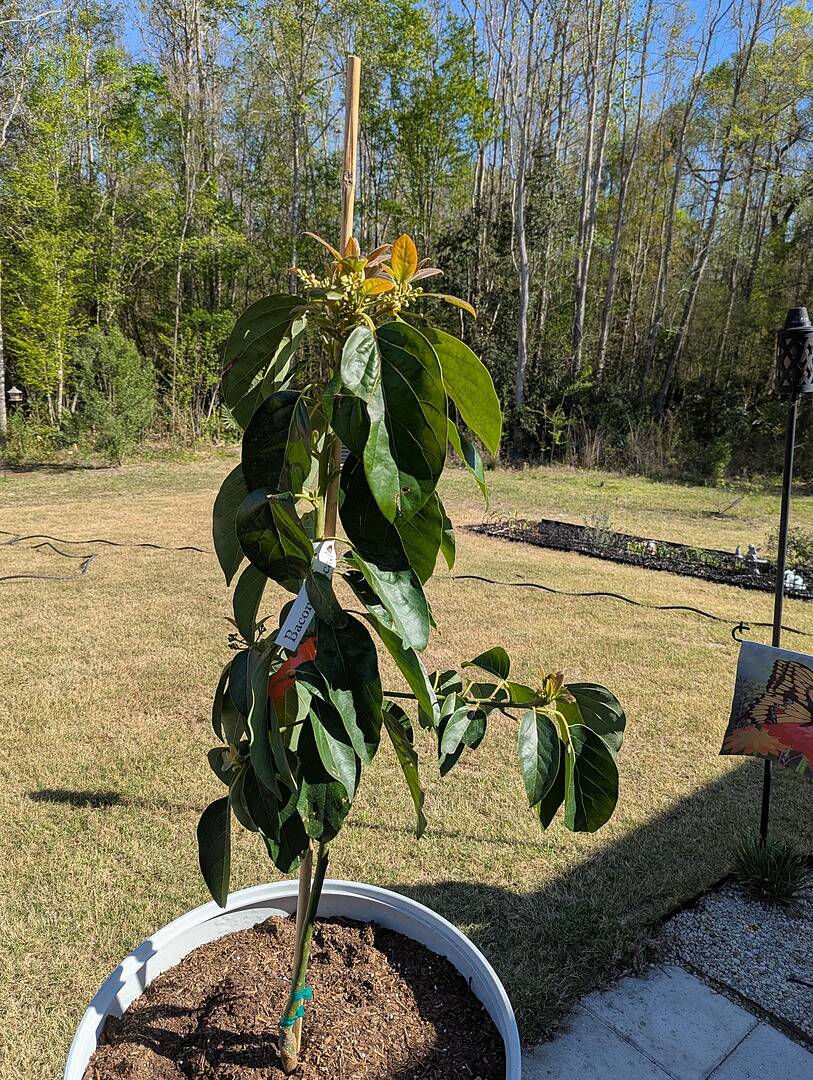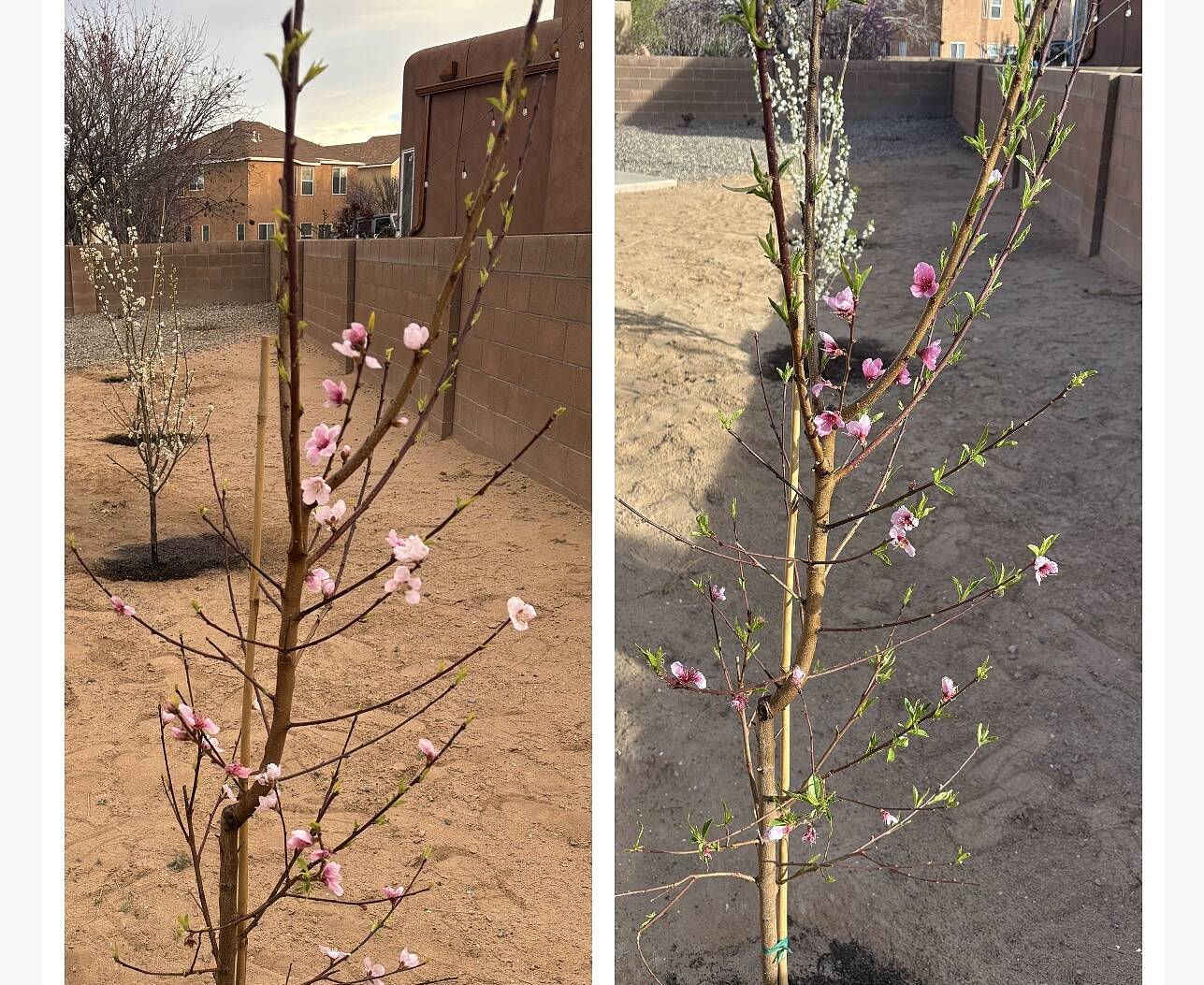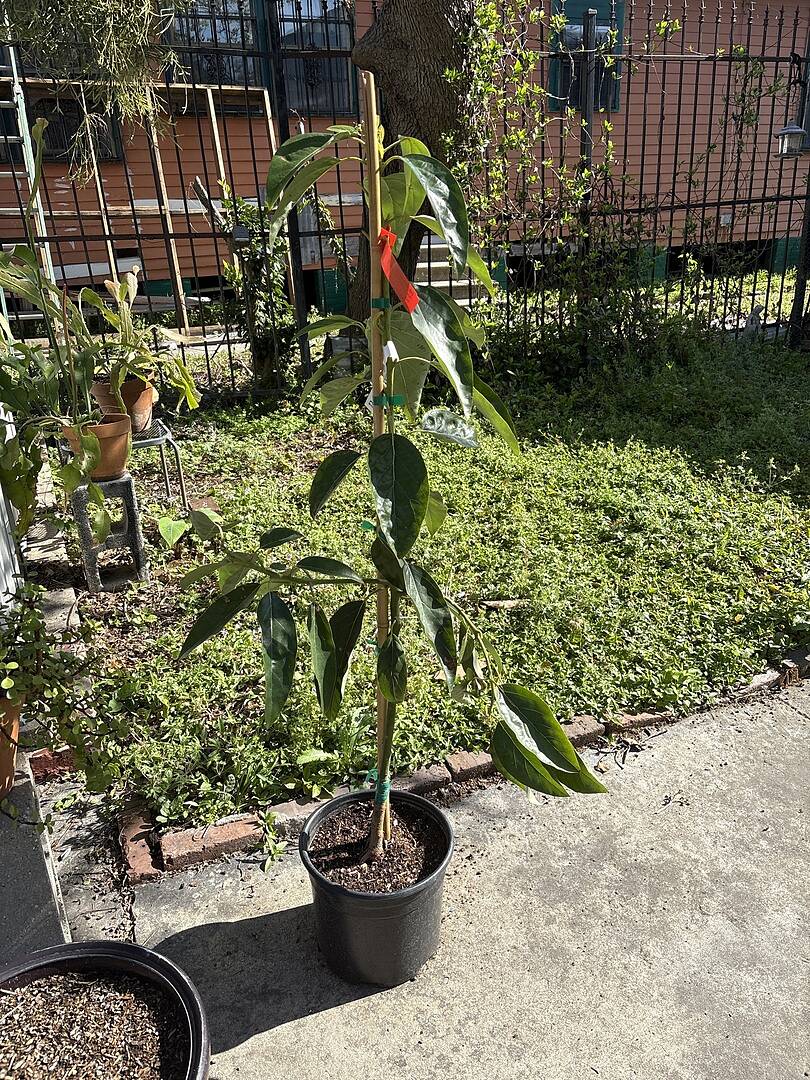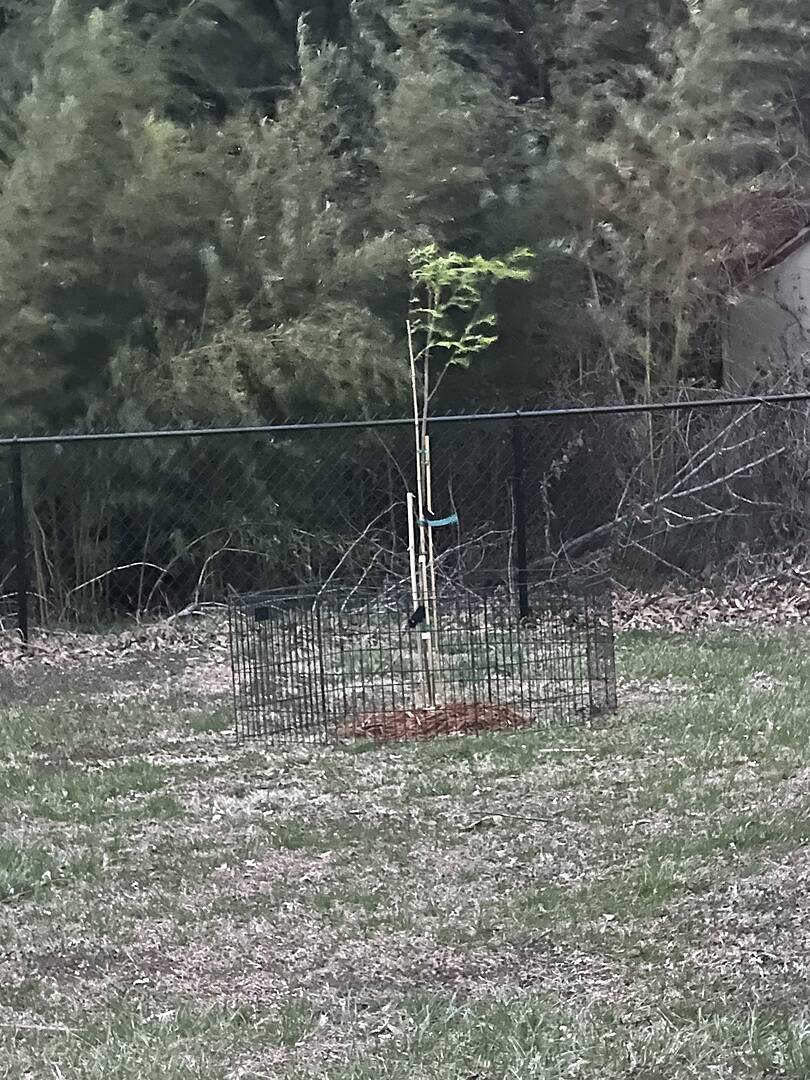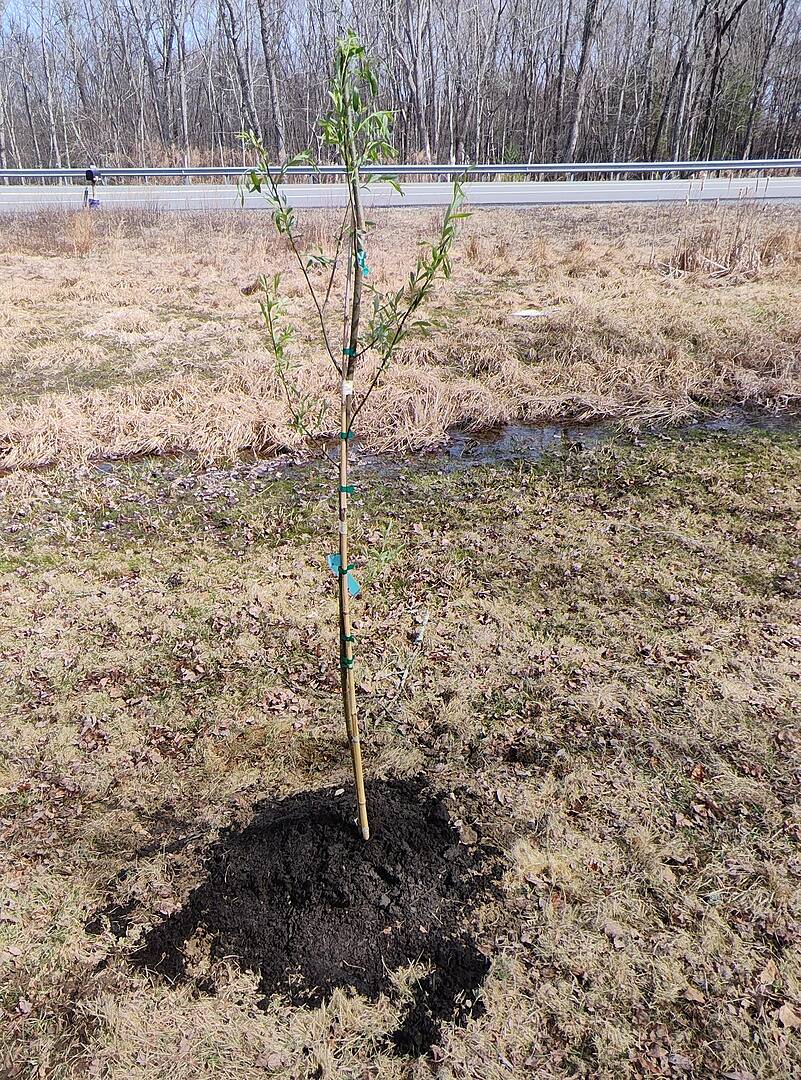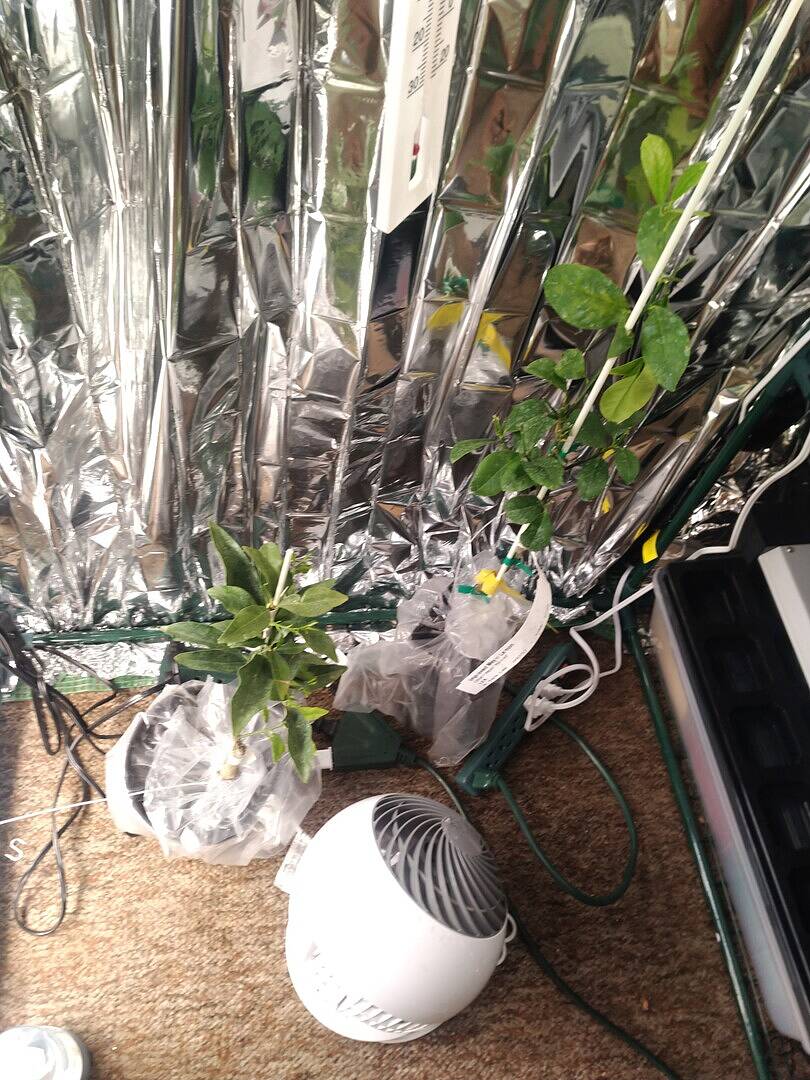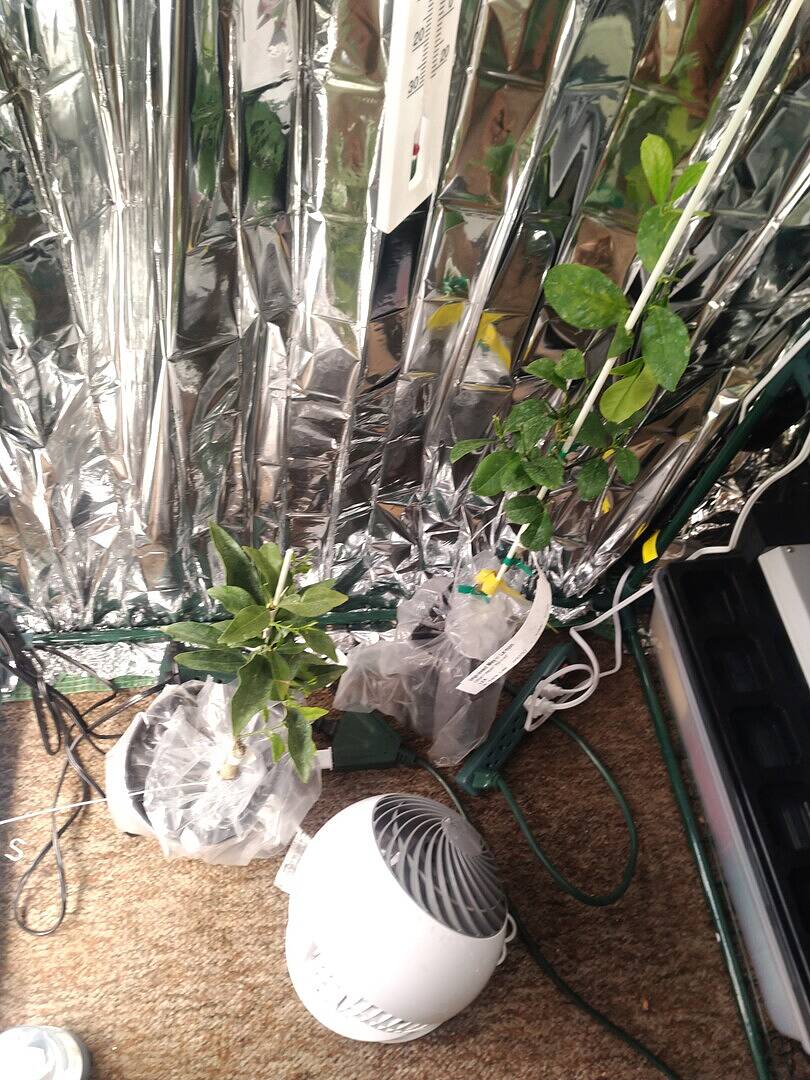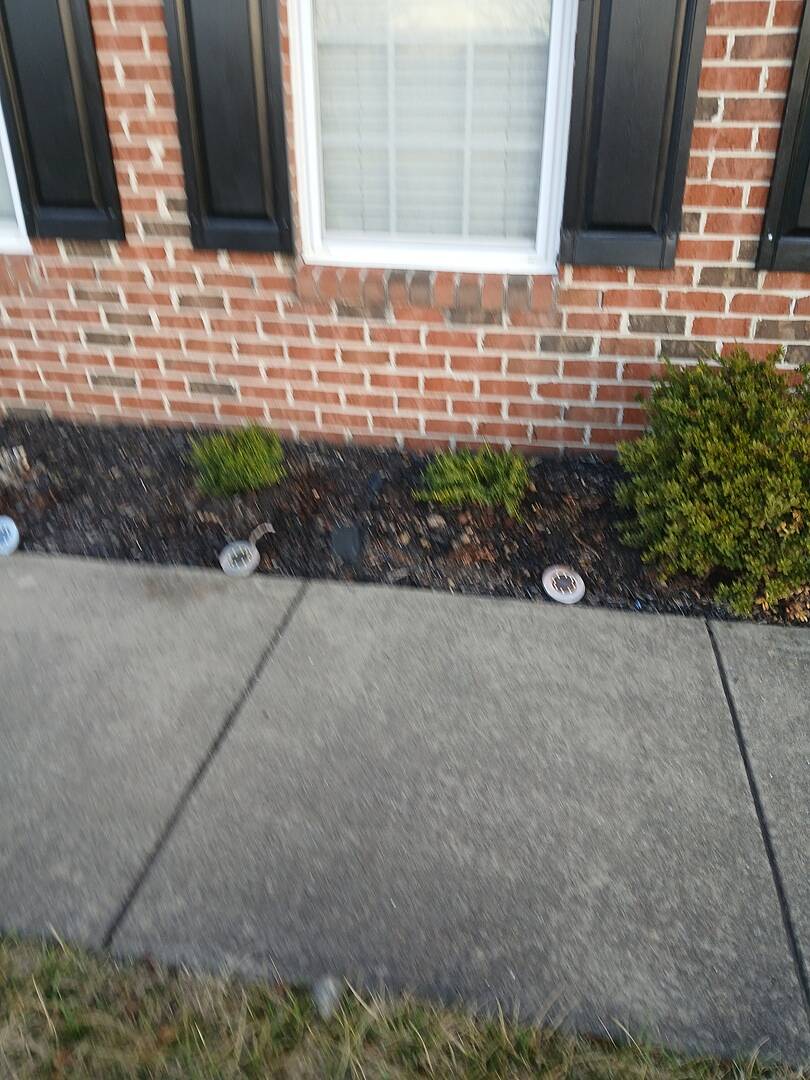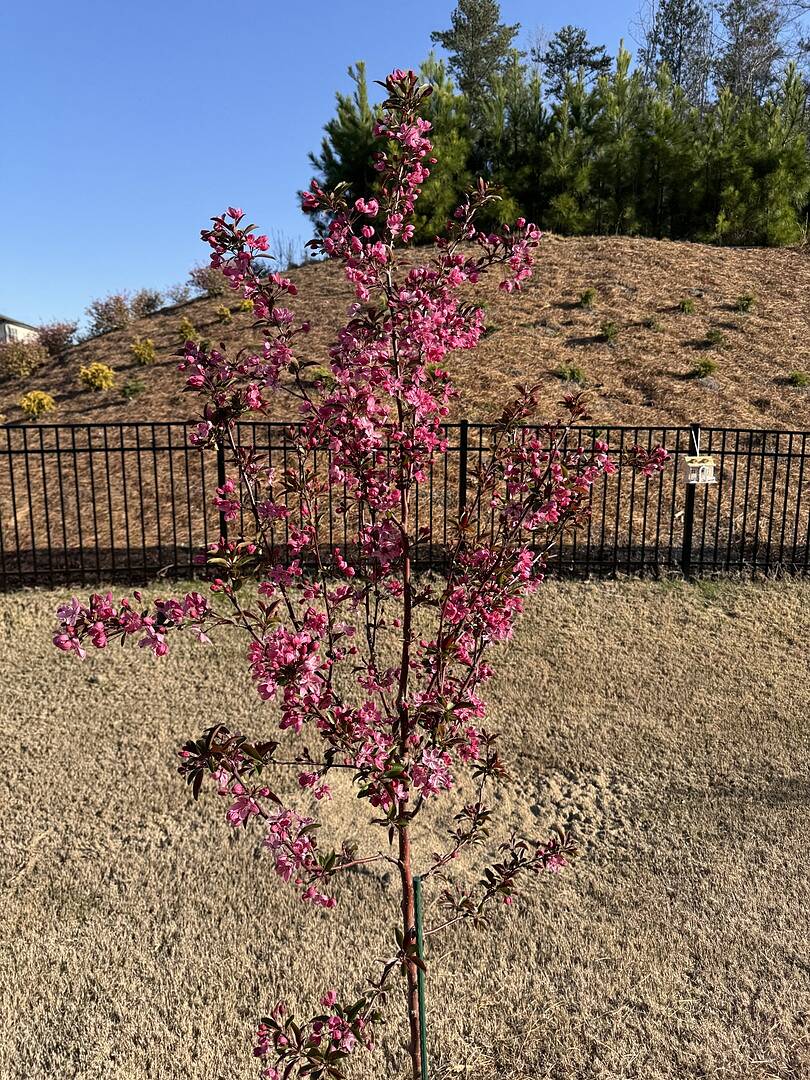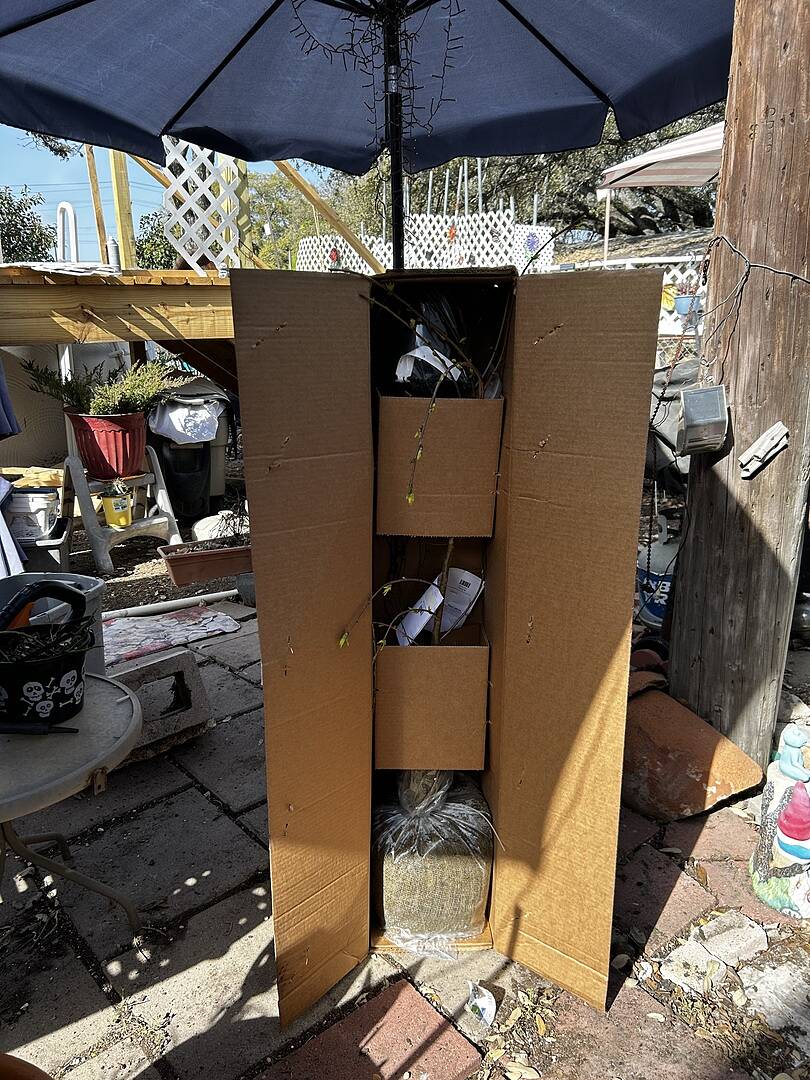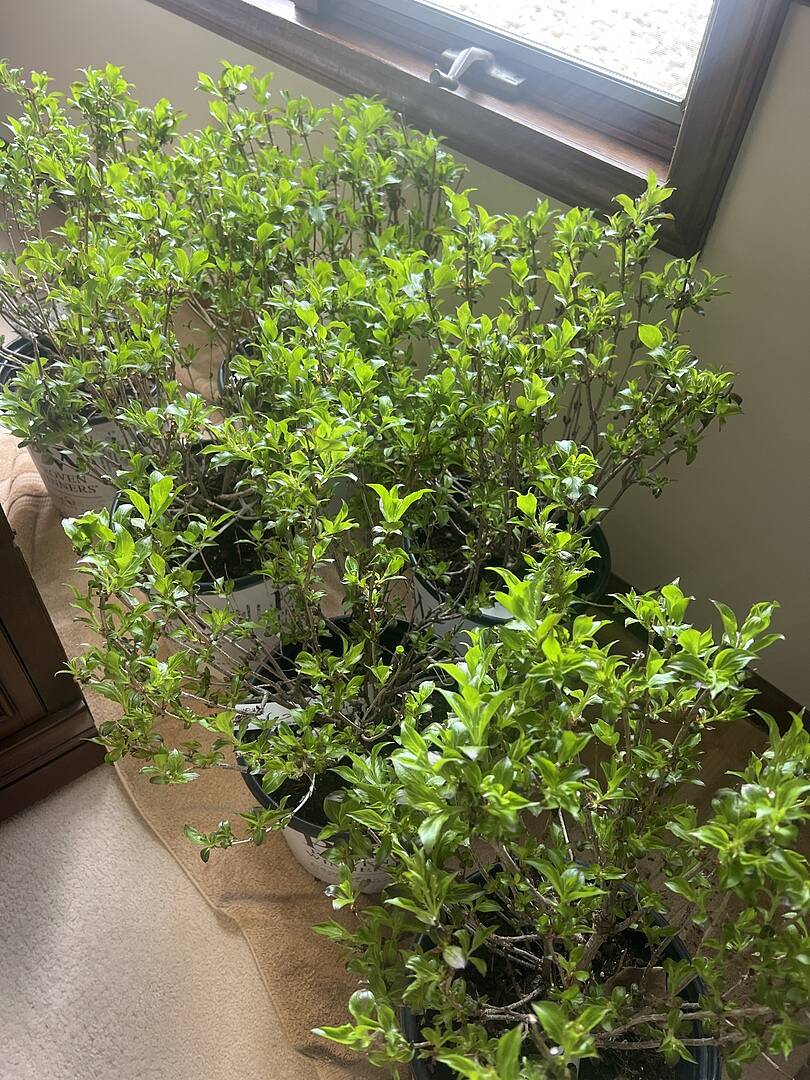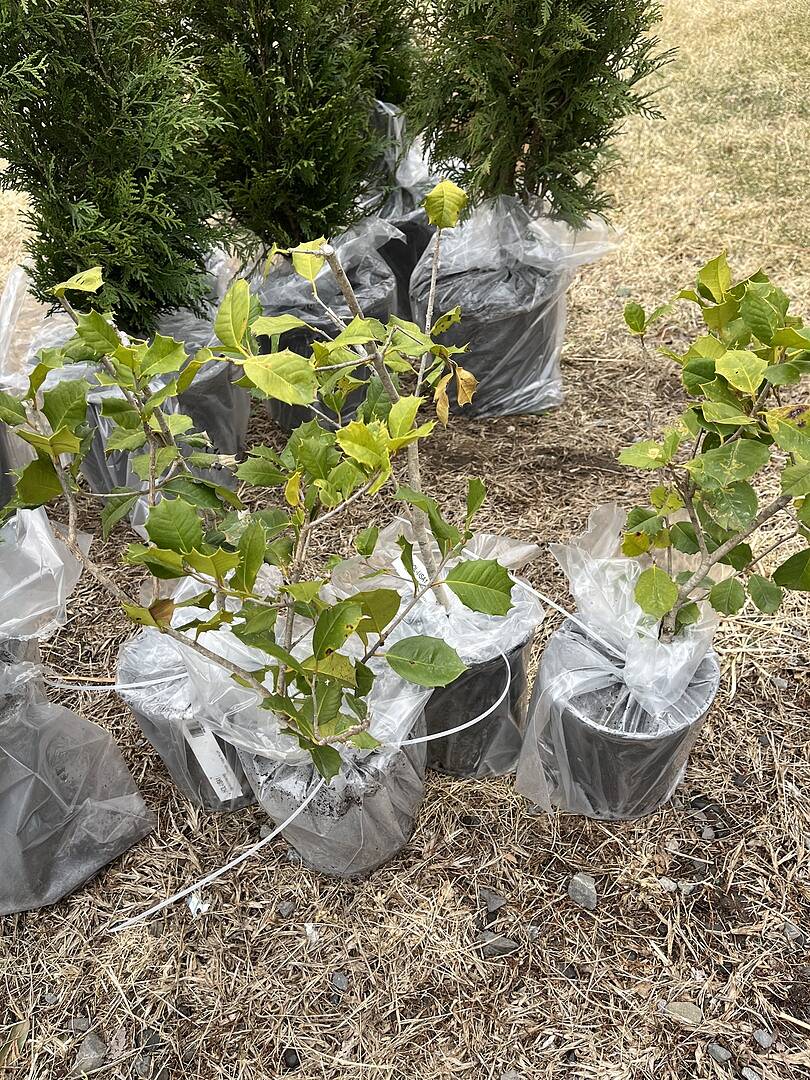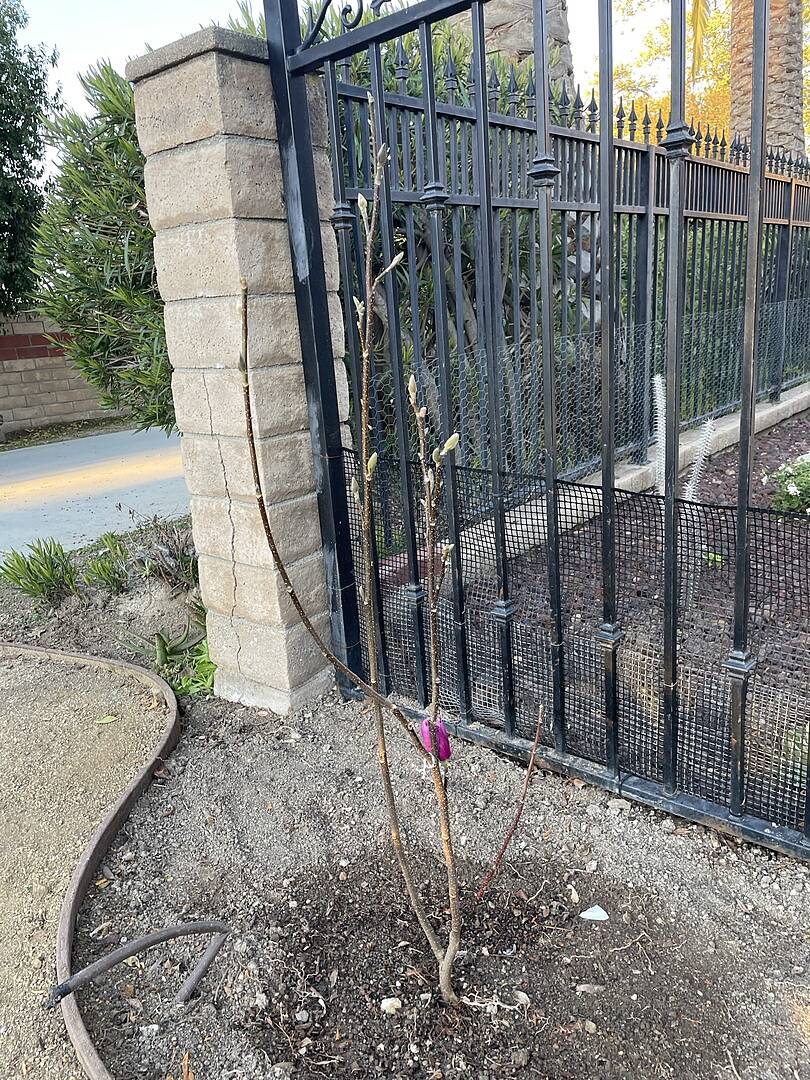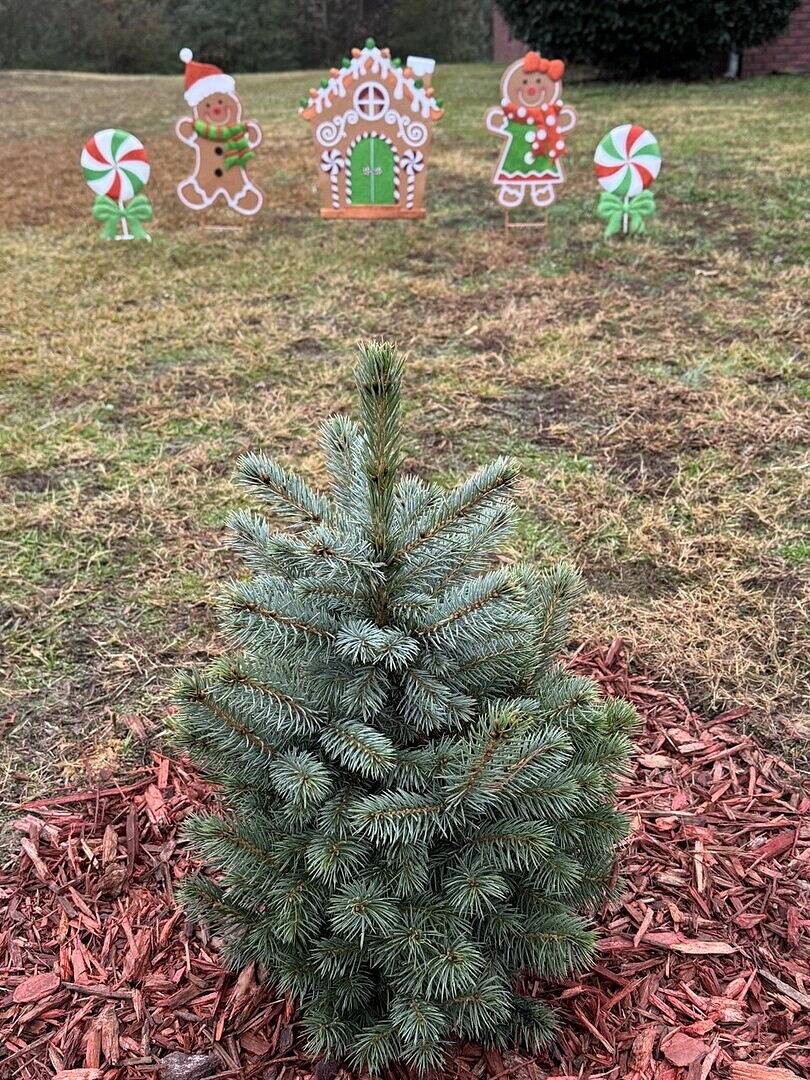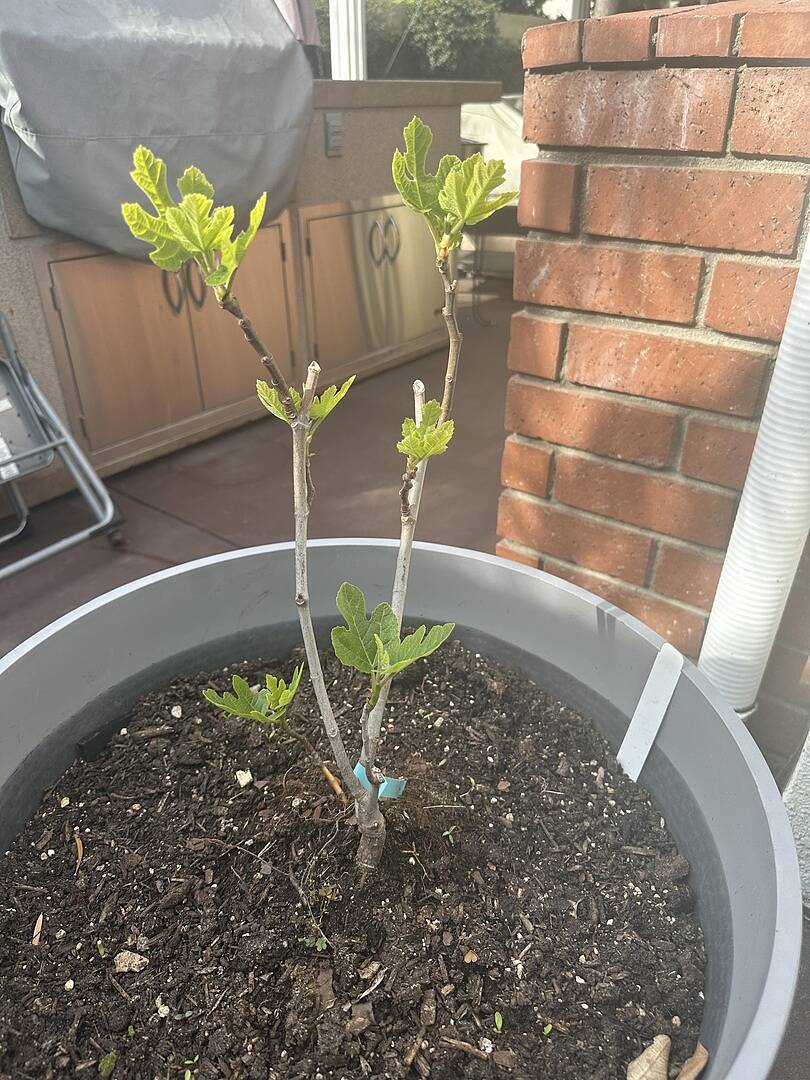House Plant Care 101: Fertilizer

Last updated: Feb 15 2022

Now that you’ve found the right location, container and soil and perfected your watering technique, it's time to dive into fertilizer.
You might be asking yourself, "Is fertilizer really necessary for house plants?" The answer is yes! The role that fertilizer plays in a house plant is vital. Unlike in-ground plants, house plants don't have the ecosystem at their disposal, decaying matter to harvest nutrients from, or insects to distribute pollen. When you bring a plant indoors, you have to fill in a few gaps, and that's where fertilizing comes in!
A plant’s development mainly revolves around two factors–the sun and nutrients (in the form of fertilizer for house plants). The sunlight provides energy for plants so they can uptake and use nutrients to build important structures like roots, flowers and fruit. Think of the nutrients as the building blocks that plants need to grow, while the sun is the battery that keeps them running.

Nutrients
Fertilizers are simply different nutrients compiled together. To best understand fertilizers, you have to start with the nutrients. The three key nutrients that are often displayed front and center on fertilizer labels are Nitrogen, Phosphorus and Potassium. These are the main focus of many fertilizers, as plants need these in high amounts to function.
The role each of these nutrients play is as follows:
- Nitrogen is responsible for foliage and leafy growth
- Phosphorus is responsible for flower development
- Potassium is responsible for water retention and fruit development
Plants need 16 nutrients total to survive. All of these can be found in nature, and without the presence of some, plants wouldn’t be able to do things like flower or fruit. Most of the time we give nutrients to plants in the form of fertilizer, but given in the wrong amounts, deficiencies and toxicities can occur.
There’s two categories of plant nutrients:
- Macronutrients: plants need these in LARGE quantities
- Micronutrients: plants need these in small quantities
Don't worry if this is giving you flashbacks to science class! Believe it or not, choosing the right fertilizers for your plants isn't all that complicated. Try looking at it like you would a multivitamin.
Multivitamins support our bodies to function at our best, and there are plenty of formulations out there, as we all have different needs. For example, you may choose vitamin C to boost your immune system or Biotin to grow your hair. In a similar way, a child won’t have the same nutritional needs as a grown adult, and too much or too little of a certain vitamin can lead to issues. Plants are the same way–each one needs its own combination and not too much or too little of one thing.
But just like an adult could take a child’s gummy vitamin and be just fine, fertilizer has some flexibility, as well. The world of fertilizer can seem complex, but we’re going to break it down to help you figure out which kind you need.
As a reference, check out these nutrients, where they come from and whether they're classified as macronutrients or micronutrients:
|
Nutrient |
Where it comes from |
Macro or Micro |
|
Carbon (C) |
Air, water, soil |
Macro |
|
Oxygen (O) |
Air, water, soil |
Macro |
|
Hydrogen (H) |
Air, water, soil |
Macro |
|
Nitrogen (N) |
Air, water, soil |
Macro |
|
Phosphorous (P) |
Soil, fertilizer |
Macro |
|
Potassium (K) |
Soil, fertilizer |
Macro |
|
Calcium (Ca) |
Soil, fertilizer |
Macro |
|
Sulfur (S) |
Soil, fertilizer |
Macro |
|
Magnesium (Mg) |
Soil, fertilizer |
Macro |
|
Iron (Fe) |
Soil, fertilizer |
Micro |
|
Chlorine (Cl) |
Soil, fertilizer |
Micro |
|
Manganese (Mn) |
Soil, fertilizer |
Micro |
|
Zinc (Zn) |
Soil, fertilizer |
Micro |
|
Copper (Cu) |
Soil, fertilizer |
Micro |
|
Boron (B) |
Soil, fertilizer |
Micro |
|
Molybdenum (Mo) |
Soil, fertilizer |
Micro |

Finding the Right Fertilizer
Shopping for the right fertilizer to meet your plants’ needs may seem overwhelming and confusing, but the steps below should help to make the process more manageable.
Step One: Choose the form of fertilizer that works for you
On any given fertilizer aisle you’ll find various forms available, the most common being granules, liquids, and solid stakes. All will do the same job at the end of the day, so choose the form that you prefer.
A granular fertilizer looks like little colored beads that sit on top of or are mixed into the soil. They’re designed to break down over a series of months and release a steady supply of nutrients. This is perfect for those who prefer to “set it and forget it,” but may not be ideal if your house plants are in reach of small children or pets. The color of the bead has no impact on the formula or plant–it’s simply there as a guide color to contrast against the dark soil and help you gauge the amount applied.
Liquid fertilizers may come in pre-liquified form or as colored salt that you dissolve into a set amount of water, depending on the manufacturer’s instructions. These mixtures do take some prep work but are easy to apply while you water. Many gardeners like liquids because plants uptake them faster and they allow for tighter control on application amount and frequency. A drawback to liquid fertilizers is that you normally have to apply them more often than other forms (typically weekly), so just be sure to keep a consistent schedule when choosing this method.
Solid or stake fertilizers function very similarly to granular fertilizers but look like something you would use to hold down your camping tent. Oftentimes, these are large stakes, but you can find house plant sized ones (around the size of a pencil) that fit nicely into your container. Following the manufacturer's instructions, you’ll simply stick a few stakes into your pot, pushing them straight down into the soil. The stakes release nutrients over a period of months, like the granular ones, but don’t sit on top of the soil, making them more visually appealing and safer for young children or pets.

Step Two: Choose your formulation
Now that you know the kind of fertilizer you want to apply to your plant, it's time to look at the label. Most fertilizer brands will note the specific plants that the fertilizer is best suited for like “Fiddle Leaf Figs” or “Monsteras,” for example. This makes it easy on consumers and oftentimes it is all you need to choose the right option. However, if you really want to be a pro, look at the numbers on the label, as these reveal much more!
Recall the main three nutrients–Nitrogen, Phosphorus and Potassium. These are the three nutrients that support foliage, flowering and fruiting (in that order). Plants need a large amount of these, and so, they get the spotlight over other plant nutrients. On all bags of fertilizer, simply look for a series of three numbers like the example below.
XX - XX - XX N-P-K
% Nitrogen (N) - %Phosphorus (P) - %Potassium (K)
Fertilizers advertise the percentage of these nutrients contained in their formulations as a snapshot. It’s important to understand that these aren't the only ingredients in the bag–it’s simply a summary of these three key nutrients–so don't expect the numbers to add up to 100%.
Fertilizers that promote lots of flowers can be expected to have higher Phosphorus content than Nitrogen and Potassium content to best support the blooms. Similarly, if you’re using a grass fertilizer to support lush green leaves, the Nitrogen number will be higher, while the Phosphorus and Potassium numbers will be lower since the focus isn’t on flowering or fruiting here.
When researching your plant’s fertilizer needs, many will have a recommended formula written out as 8-8-8 or 17-6-10. Remember that this is a suggestion, not a requirement. If you’re a bit off or can't find the exact ratio, that’s okay! When in doubt, you can always stick to a balanced fertilizer formula like this one, as it'll provide well-rounded nutrition for a wide variety of plants.

Organic Fertilizers
Up until this point, we’ve covered inorganic fertilizers in depth, and while there are many concepts that overlap, organic fertilizers do deserve some special attention.

If you prefer to use organic fertilizers, consider them for your house plants, as well as for your outdoor plants. When shopping for organic fertilizers, they should be advertised as such on the packaging with the USDA seal of approval. Organic fertilizers can be purchased in individual ingredients, or you can buy pre-mixed formulations. For house plants, we suggest a pre-mixed formula for ease of use.
Common Organic Fertilizer Ingredients & Uses
- Bone Meal: Used for flowering trees & bushes; increases Phosphorus and promotes blooms
- Feather Meal: Added so that plants can take up Nitrogen more easily
- Oyster Shell or Lime: Increases calcium, reduces salinity and makes soil less acidic and more alkaline
- Blood Meal: Raises Nitrogen levels and makes plants green and lush
- Fish Emulsion: Water soluble and adds Nitrogen to plants quickly

Not sure if organic is for you? Let's take a look at some key differences between organic and inorganic fertilizers to help you decide.
Organic fertilizers were around long before inorganic fertilizers and are what horticulturalists classify as “low analysis,” meaning that the exact nutrient breakdown can change depending on the batch. For example, compost and manure are great organic fertilizers to use, but the nutrients will vary depending on what was composted or what the animal ate.
With inorganic fertilizers, it's more of an exact science, and you can get very precise formulas. Organic fertilizers take time to absorb, as beneficial bacteria and fungi have to break down and decompose the material first before it becomes available to the plant. With inorganic fertilizers, you skip this step, and the plant can uptake nutrients right away without leaning on beneficial bacteria and fungi to do most of the work.
But remember, just like grow lights, your plant won’t be able to tell the difference in fertilizer type as long as it’s receiving the nutrients it needs, so feel free to mix things up according to your preferences.
How to Apply Fertilizer to Your House Plants
Whether you go with organic or inorganic fertilizer, the application method is important. Most, if not all fertilizers, will have instructions on the packaging for you to follow. Be sure to pay close attention to these instructions, particularly the amount, as over-fertilizing can damage your plants, causing the soil to dry out or leaves to burn and generally weakening their overall health.
If the event that the fertilizer you've chosen lacks instructions for house plants or container-grown plants, a good rule to follow is to start fertilizing right before your plants start to grow. An actively growing plant will need nutrients to support that growth and keep it going.
It might be a tad tricky to tell if your house plant is growing since it doesn't experience seasons like it would outside and therefore might not go dormant at all. If you find it difficult to tell whether your plant is in dormancy or actively growing, start fertilizing in the beginning of spring and stop when you reach winter. This timing is typically a safe bet and should keep your plants well-fed.

Troubleshooting
Mistakes can happen, and that's okay! Finding the right balance when feeding your plants can take some time trial and error. Here’s some situations you might encounter and how to overcome them:
What to do if you applied too much or the wrong kind of fertilizer
If you accidentally misread the label or forgot you already fertilized, don’t panic! Fertilizer oftentimes comes in the form of salts that can be washed away with water. Try deeply watering your plant to flush the soil, allowing water to run out of the drainage holes as you water. This washes away excess fertilizer stuck in the soil. If you used a solid or granular form, physically remove what you can. Don't worry about getting every last piece–just get what you can and don’t add more right after.
How to know if fertilizer is needed
If you’re unsure if your plant needs fertilizer in the first place, take a close look. If you have a brand new house plant that you recently potted, look to see if your soil mix already has fertilizer included. If so, hold off fertilizing for a couple of months or until next year. If you have an older house plant that’s happy but doesn't grow or flower as it used to, then we suggest fertilizing to help it along.
How to know if you need to adjust your nutrients
When there’s too much or too little fertilizer in the soil, this is called toxicity or deficiency in the plant. Oftentimes, these will result in funny colored leaves or misshapen growth. If you suspect one of these things is occurring, call or chat with one of our plant experts here and they’ll be happy to assist you in narrowing down which nutrient you need more or less of.
Fertilizing your house plants doesn’t have to be as confusing or scary as it may seem. Once you understand key plant nutrients, types of fertilizers and application methods, choosing the right formula for your plants isn’t so difficult. By following our steps above, you’ll be well on your way to feeding your plants with confidence so they can flourish for years to come!
Check out the rest of our House Plants 101 guides to learn more and keep your plants healthy! And be sure to shop our full House Plants Collection to discover your next addition!

Written by
Meredith Gaines
Meredith's love for plants started at a young age, and only grew when she started working in the Desert Exhibit at the South Carolina Botanical Gardens and the Historic Filoli Estate in the Bay Area. After graduating from Clemson University (GO TIGERS!) with a degree in Biology and Horticulture, she found her niche in the FastGrowingTrees.com family as a horticulturist and has grown in her current role as Senior Plant Expert.
She currently resides in her hometown of Charlotte, North Carolina, and enjoys spending any time she can outdoors. She learns new things about plants every day and loves sharing her plant knowledge and tips with those around her. Her favorite plant is constantly changing, but her long-time favorites are peonies, oak trees, and ferns.
Featured Product

Golden Pothos
61 reviewsStarting at $29.95





























